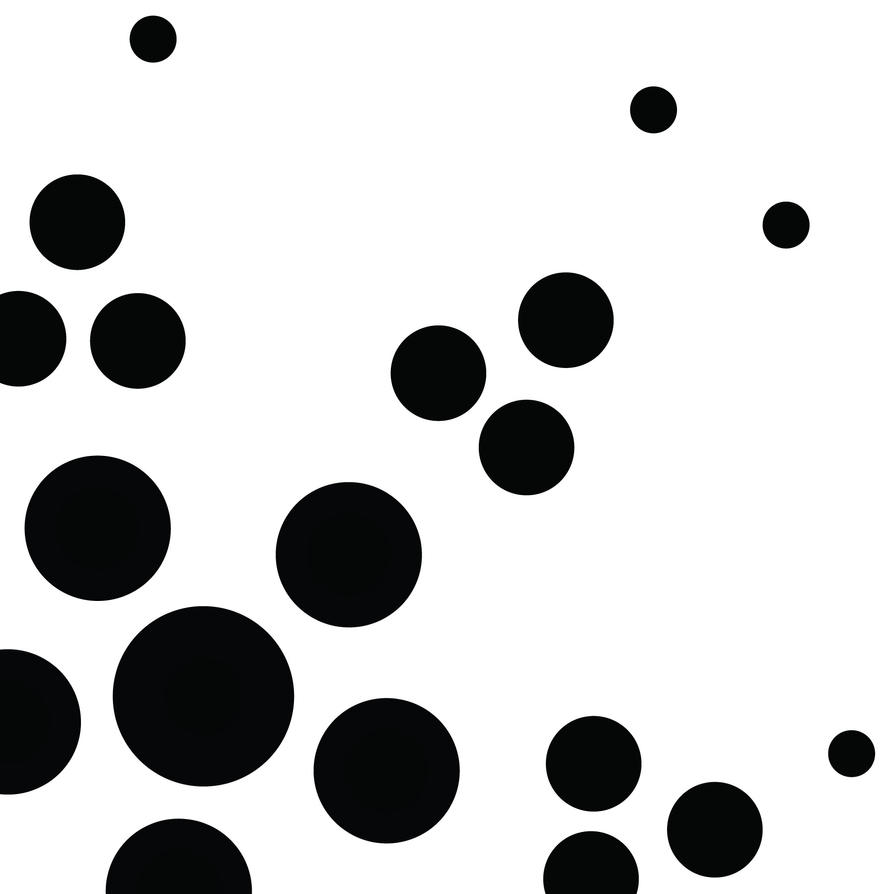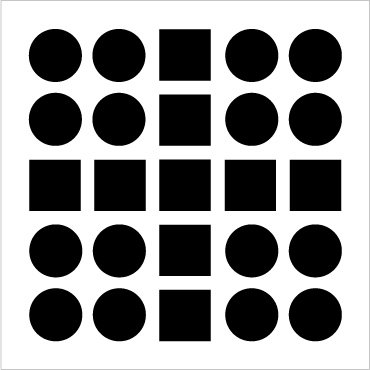Kurt Koffka, another one of the BIG THREE, claims that the human mind organizes the individual sensation and experience it into a whole. He also believes that the young ones, don't perceive the world parts by parts but instead, the whole thing. He debated the claim made by the early psychologist that veridical perception does not need explanation.Where the early psychologist stated that mathematics is veridical, but gestalt psychologists said that perception cam fool with illusions.
Wolfgang Kohler, who's research focus on ape mental intelligence and ability to solve problem, contributed in psychology in terms of learning, memory and "nature of associations". He rejected the "stimuli-response" theory and created the dynamic model of human behavior. Kohler believes that perception is marked by relations, where there's organizing principles that show us how we learn.
Sir Frederick Bartlett, one of the schema theorist, realized that the natives aren't recalling the past accurately. They replaced the unfamiliar information with what they know in their own realities. According to Tracey and Morrow (2006, p.51), the schema theory suggest that people organize the knowledge they have into knowledge structure or schema. Frame system is the collection of related frames. This frames are divide into top levels and lower levels. The top levels represents whats is true about the situation. The lower levels has "terminals" or slots that must be filled depending on the specific evens and/or instances.
Incongruent schema creates a sense of excitement and interest from the receiver of the visual image and this takes a greater intellectual level to see how each component is related to one another. Congruent schema is where the information is familiar that creates a positive effect, for example: familiarity, and a basic sense of liking. Usually its very conservative advertising and takes a low level of cognitive process.
Tutorial Question: Name three laws of Gestalt Theory and provide examples to illustrate your point.
One of the laws of gestalt theory is proximity and its purpose is eye fixation. Lester (1995, p.54), stated "that the brain more closely associates objects close to each other than it does two objects that are far apart."
Another law of gestalt theory is closure and the purpose is to manipulate perception, create subtle effects. Where items or shapes that grouped together and is seen as a whole. The missing phenomena in the group tend to be "corrected" by the mind to reach the coherence goal.
By using the image above as an example, the human mind, spaces between the white lines and the white center are connected automatically.
Another law is Similarity, which is to emphasis of message. According to Lester (1995, p.54), "the law of similarity states that given choice by the brain, you will select the simplest and most stable form to concentrate on."
References:
Ginger, S. (2007). Gestalt Therapy: The Art of Contact. London: Karnac Books
Lester, P.M. (1995). Visual Communication: Images with Message. United States of America: Wadsworth Publishing.
Tracey, D. H. & Morrow, L. M. (2006). Lenses on Reading: An Introduction to Theories and Models. USA: Guilford Press.




